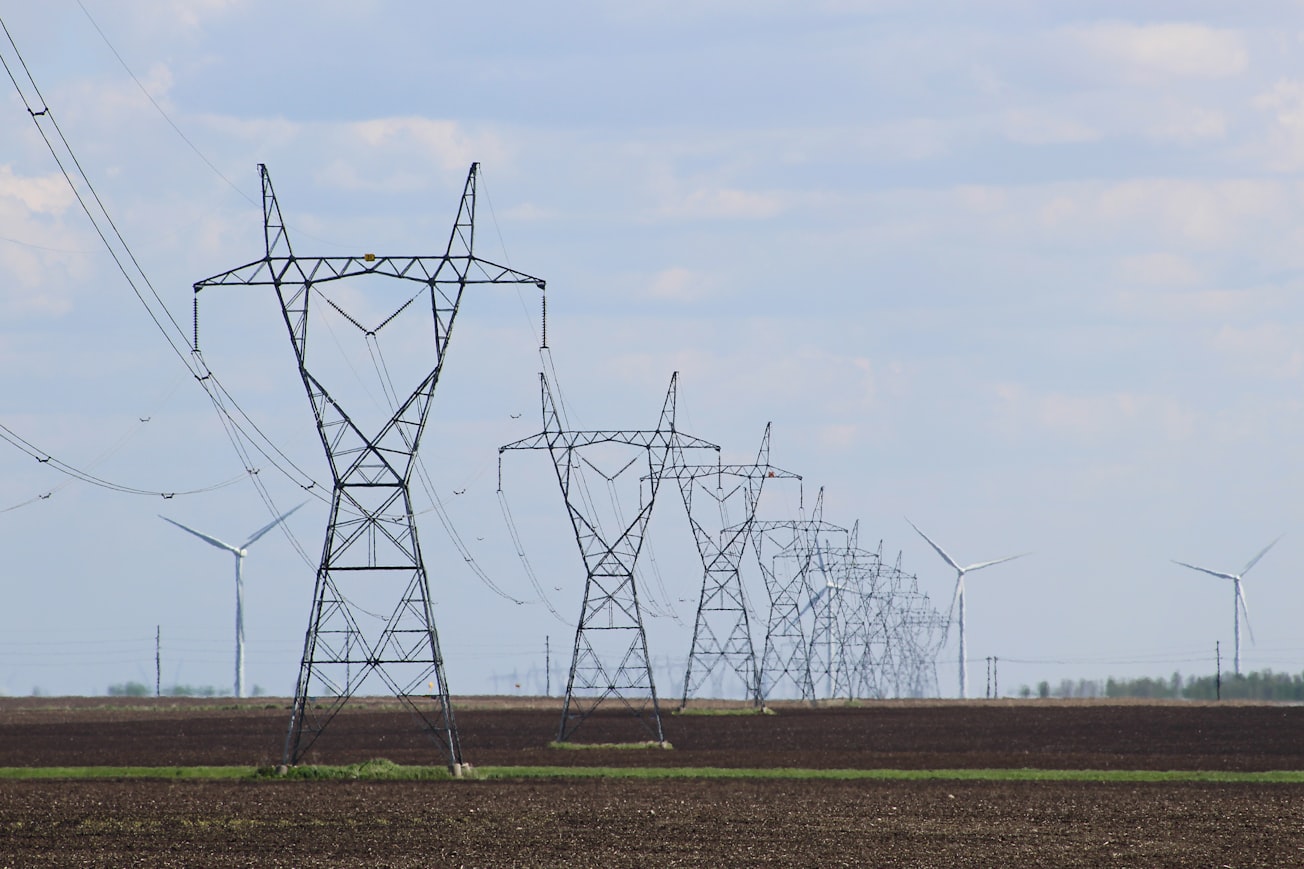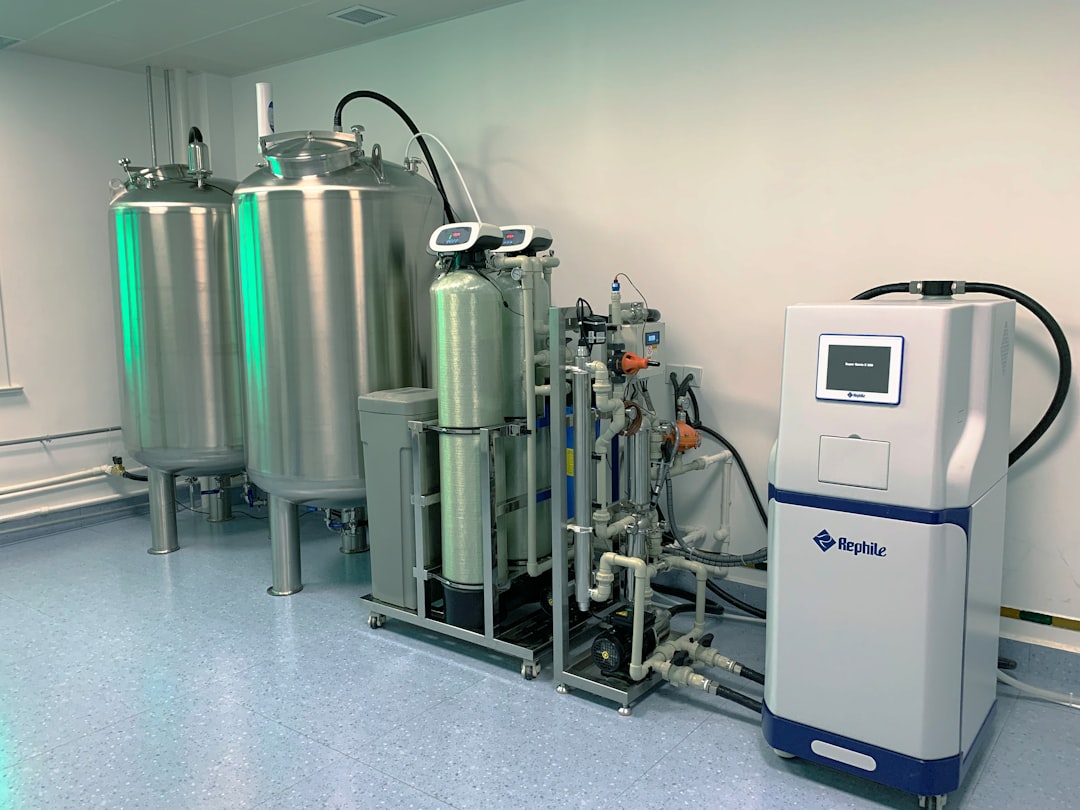What is it about?
This research focuses on Network Reconfiguration in the distribution network based on Dataset Approach. Reconfiguring the link between buses is a crucial task to enhance the distribution system performance. Reconfiguration is a complex combinatorial process due to numerous feasible solutions. Therefore, to consistently find global optimum solutions within a short span of time is a challenging task. One of the factors that cause time consumption in finding optimal network configurations is the elimination of non-radiality network solutions during the optimization process.
Featured Image

Photo by American Public Power Association on Unsplash
Why is it important?
Network reconfiguration changes the direction of power flow in a distribution system. The reconfiguration should significantly decrease the power loss and improve the voltage profile by minimising the voltage deviation at all buses. In this work, the main goal is to achieve the optimal configuration by minimising power loss, voltage deviation and a number of switching actions. Moreover, this paper also highlights the application of network reconfiguration, in which blackout in non-faulted region can be reduced by considering it
Perspectives
In this work, database approach and DEP and DEPSO techniques have been successfully proposed to optimise the network reconfiguration of a distribution system. Optimisation of network reconfiguration is based on the minimisation of power loss, voltage deviation and number of switchings. Medium- and large-scale distribution networks were investigated to evaluate the quality of solution obtained through the proposed technique and further compared with results published in the recent literature. Multiple scenarios of network reconfiguration have been considered to verify the efficiency of the proposed technique in healthy and faulted distribution system. In case of medium-scale distribution, the proposed technique obtains the optimal switch configuration of 7, 9, 14, 32, 37 and the power loss is improved by 33.35%. Furthermore, the proposed the DEP and the DEPSO methods have the lowest power loss standard deviation of 0.136 and 0.051, respectively, compared to the GA, ITA, HSA, PSO, and FWA, which have a higher standard deviation of 5.49. The average time taken by the DEP to acquire the optimal configuration is 4.7 s, which is faster than other methodologies as shown in Table 2. In case of a large-distribution system, the maximum power loss has been improved by 34.21%. Similar to the medium-scale distribution system, the DEP manages to acquire the optimal solution faster than other methodologies. Hence, from this work, it can be concluded that the DEP obtained the optimal configuration faster but it is not as consistent as the DEPSO. On the contrary, the results obtained by the proposed the DEP and the DEPSO methods outperform the GA, RGA, ITS, HSA, PSO, and FWA in terms of obtaining the optimal solution consistently in a short span of time. In addition to that, this paper also presents the switching sequence for healthy and faulted distribution system. Moreover, the proposed network reconfiguration model has been evaluated with uniform and stochastic load pattern to show its a pplicability in practical scenarios.
Munir Azam Muhammad
University of Malaya
Read the Original
This page is a summary of: Integrated database approach in multi-objective network reconfiguration for distribution system using discrete optimization techniques , IET Generation Transmission & Distribution, October 2017, the Institution of Engineering and Technology (the IET),
DOI: 10.1049/iet-gtd.2017.1134.
You can read the full text:
Contributors
The following have contributed to this page










